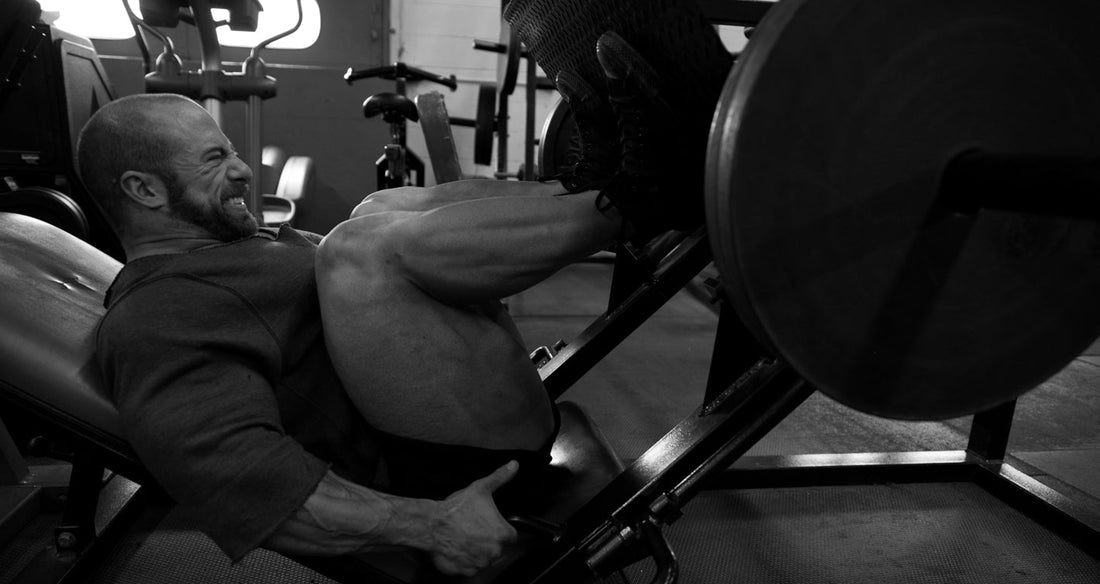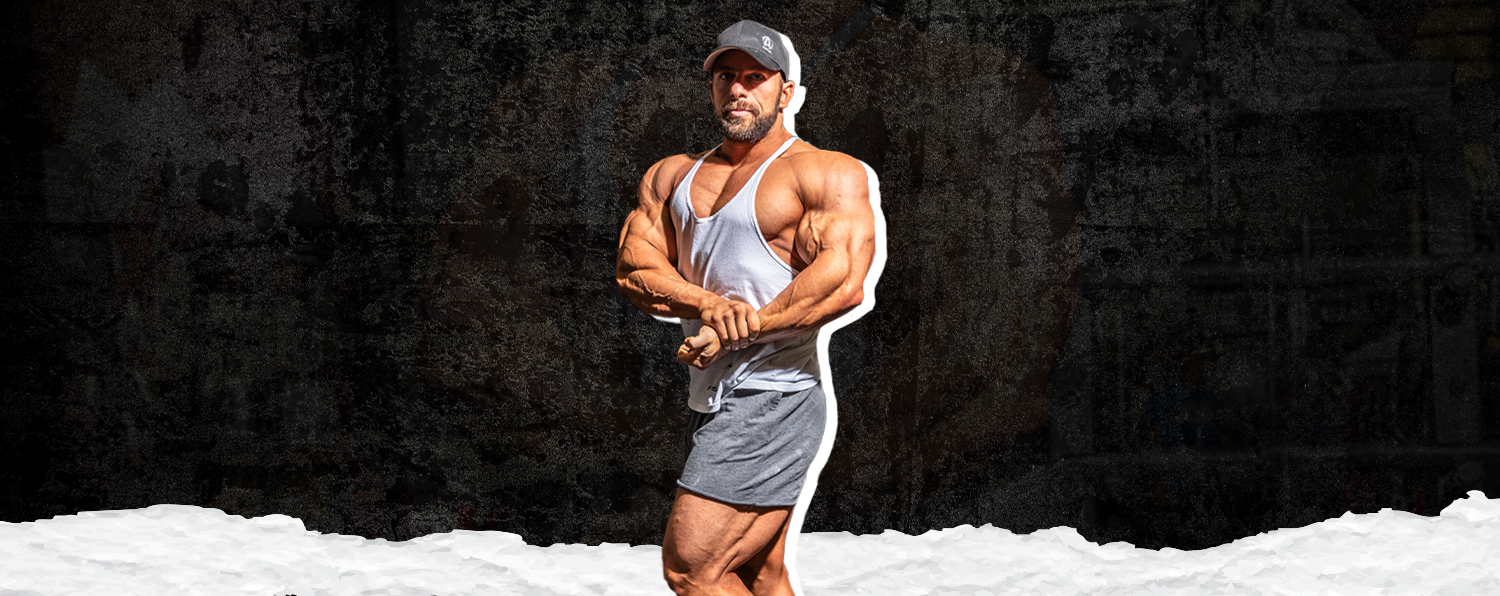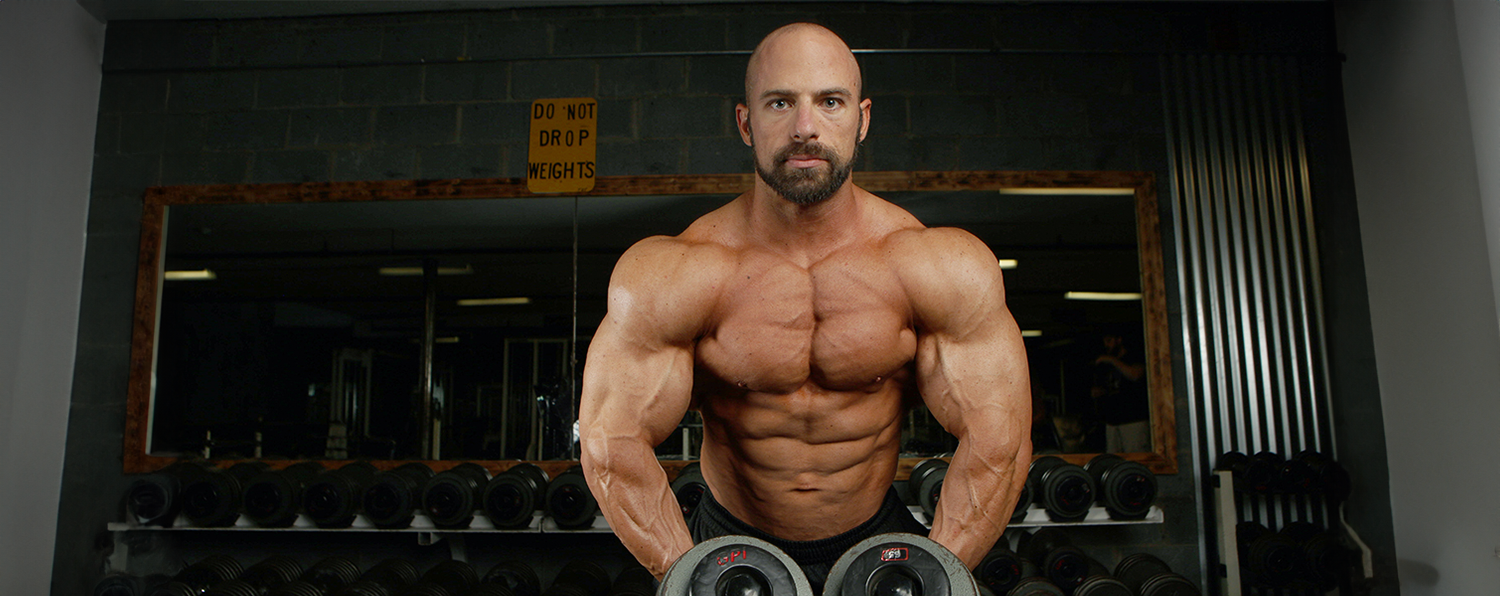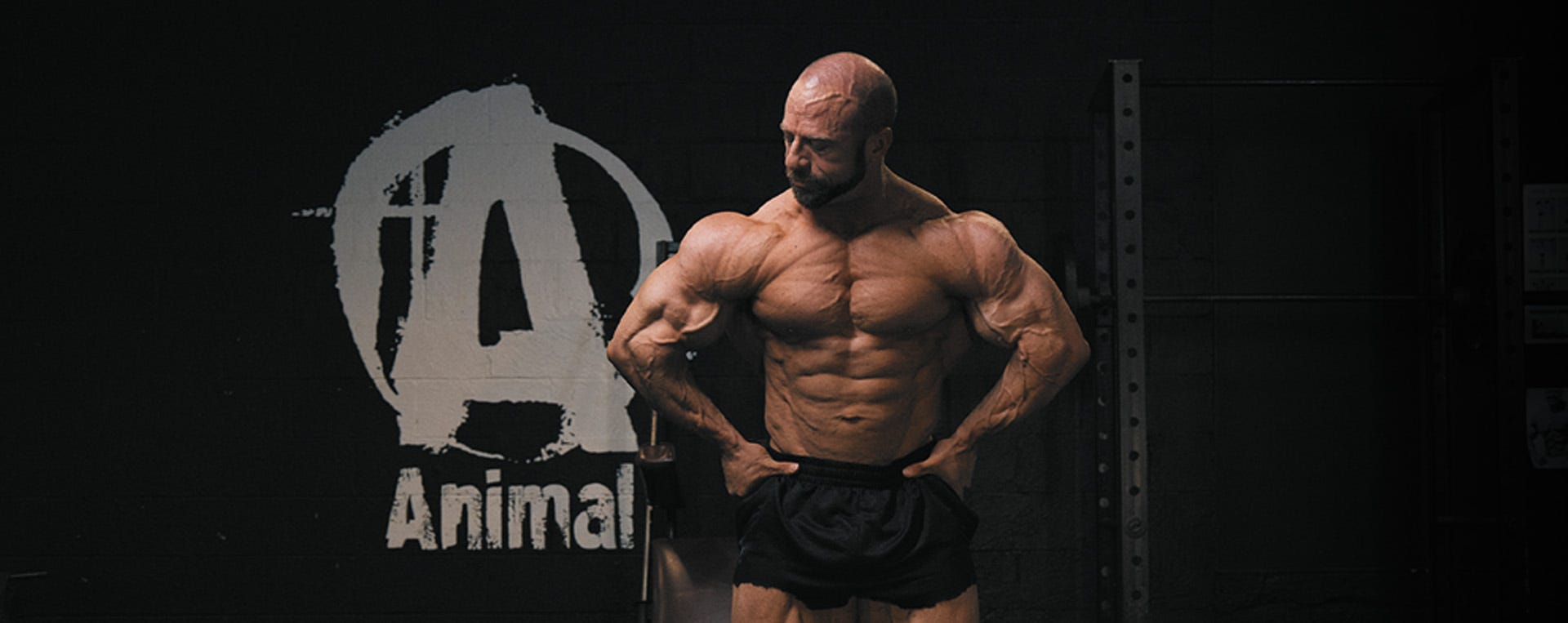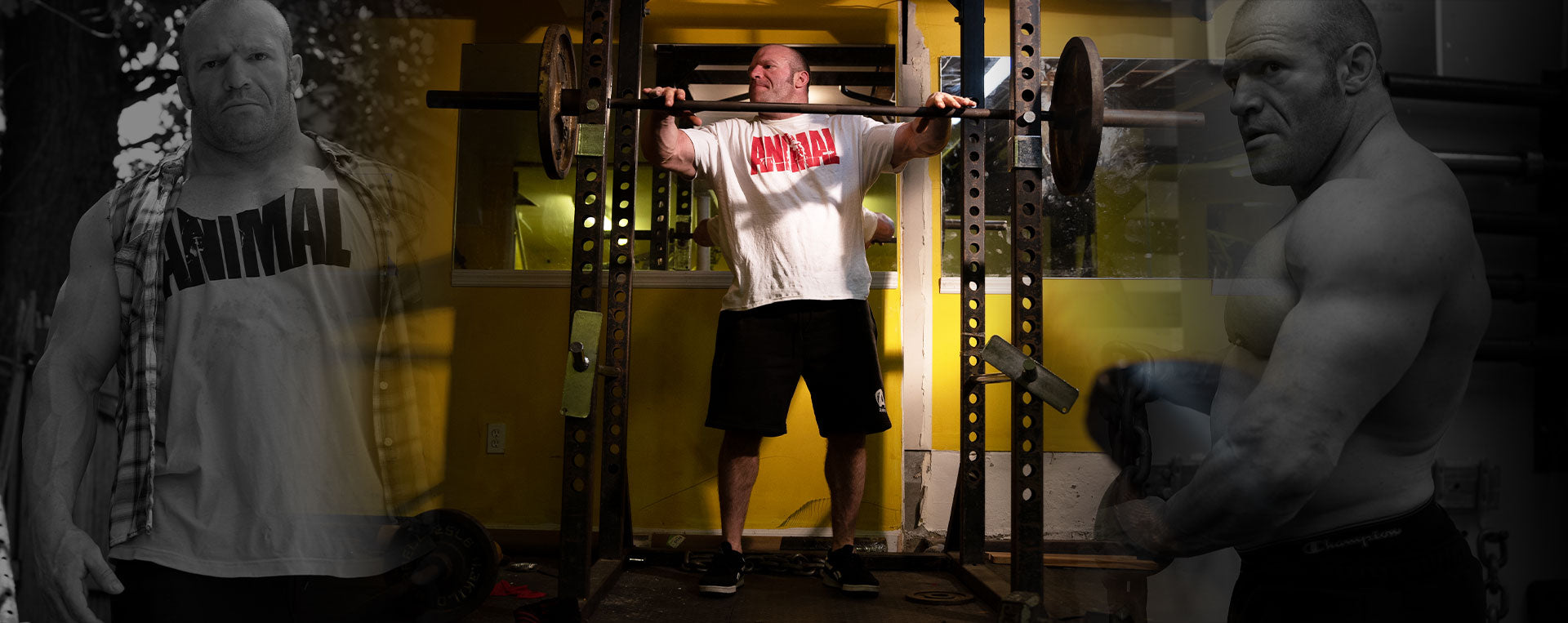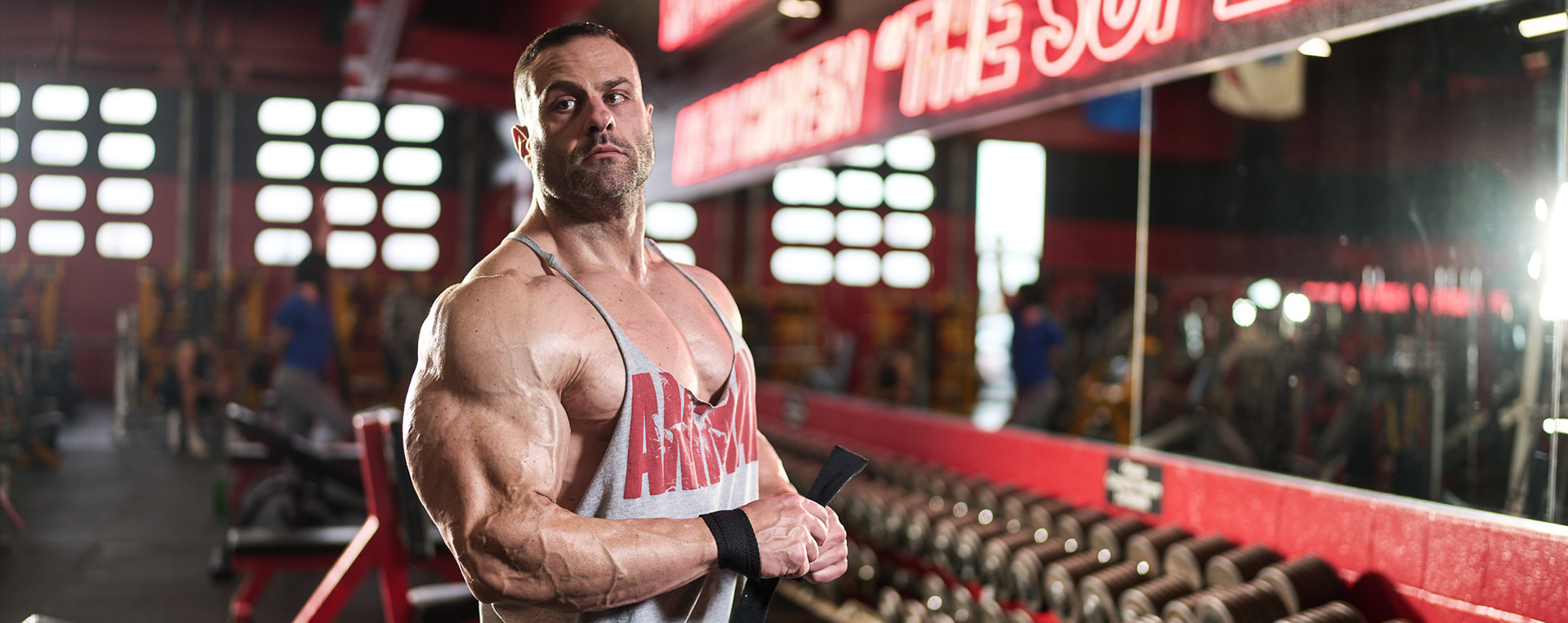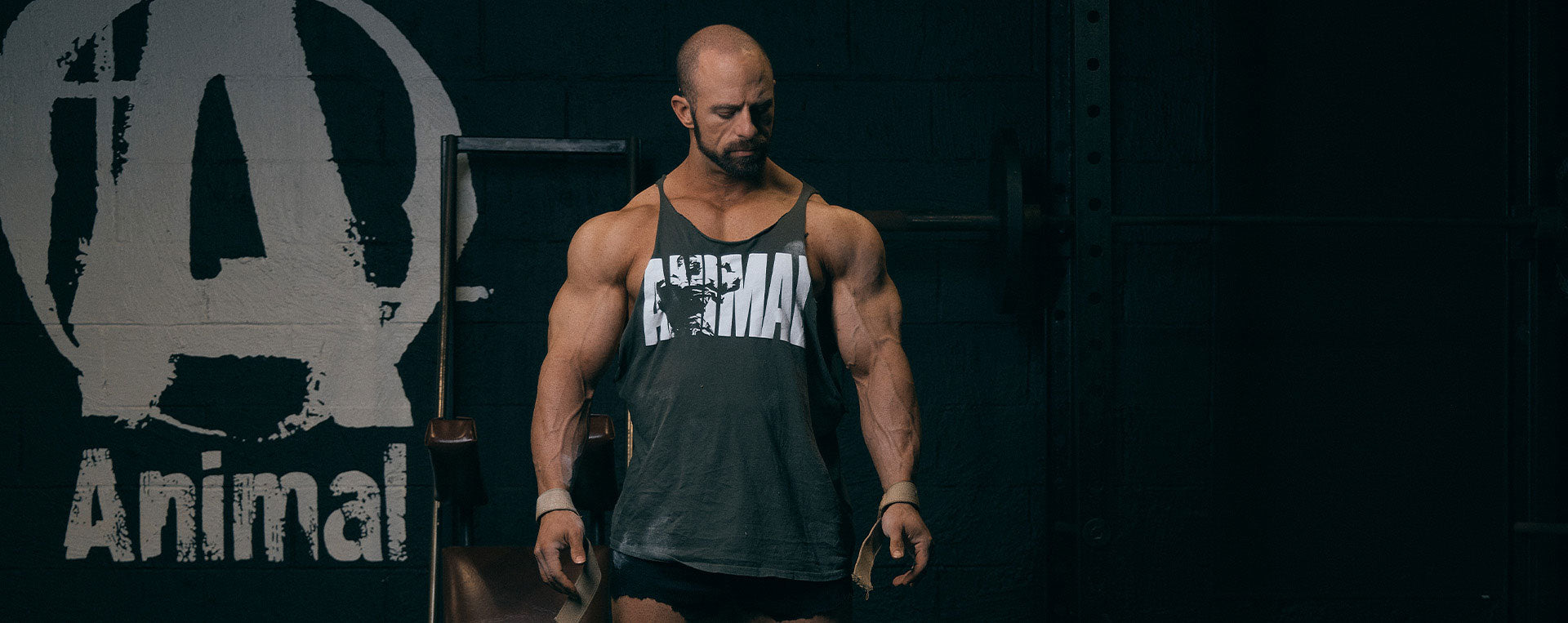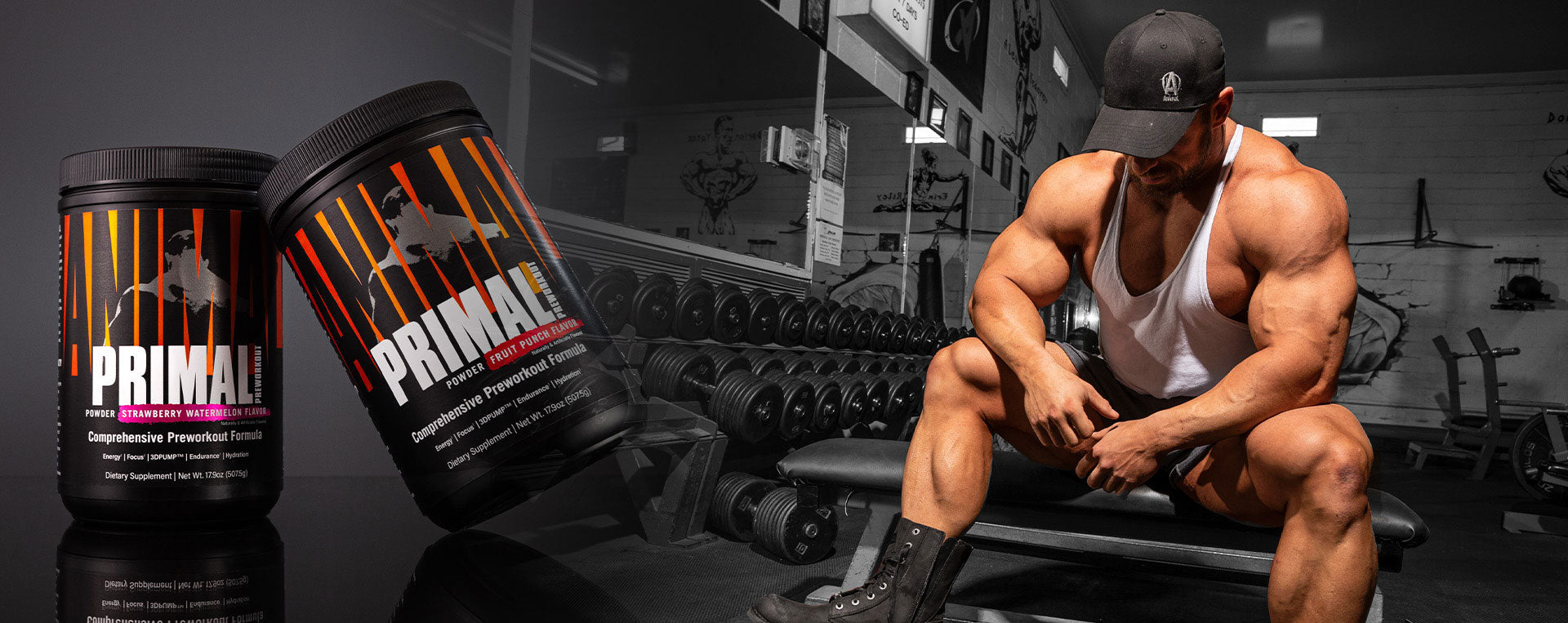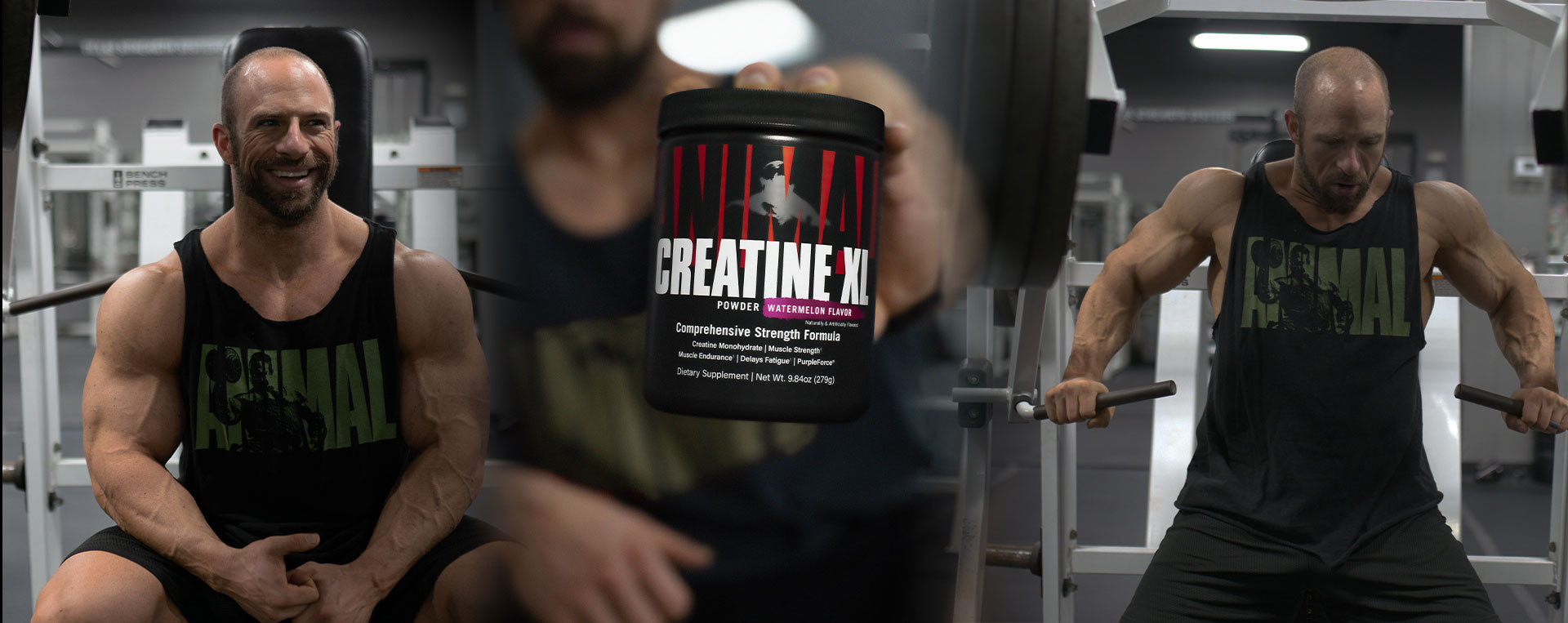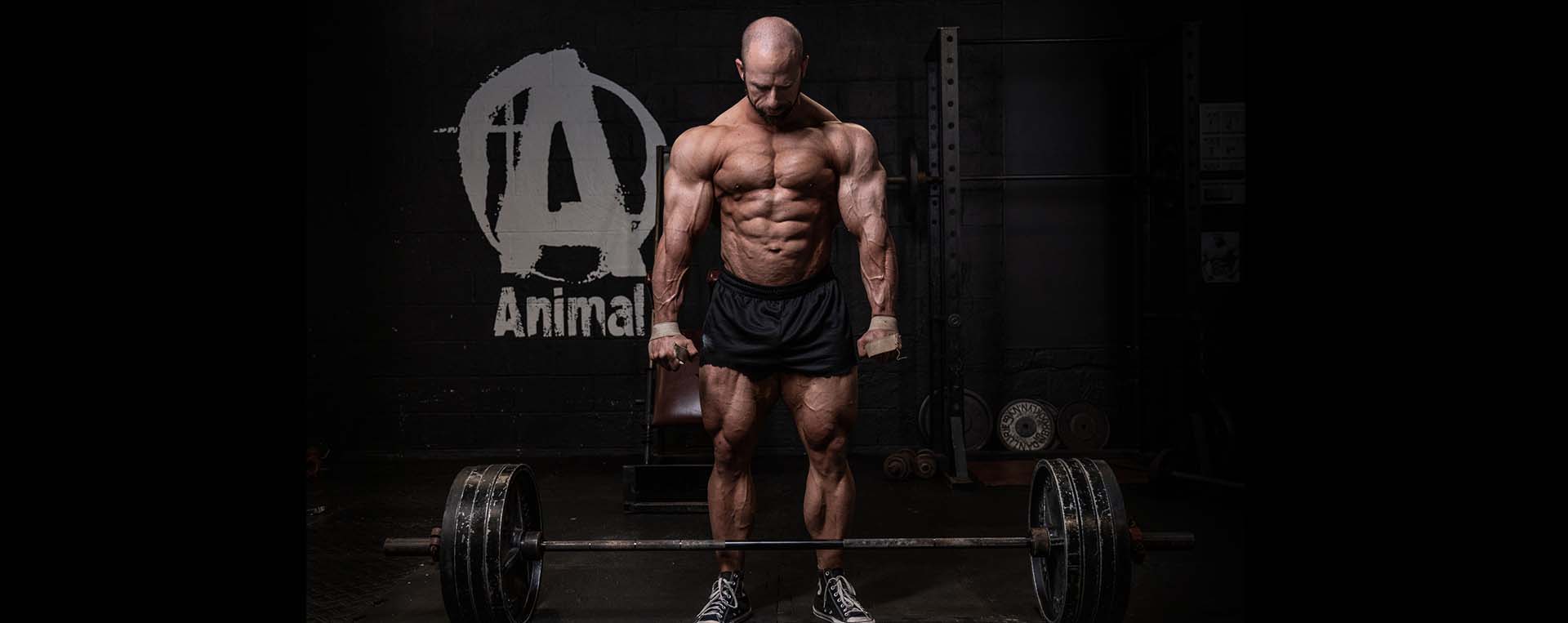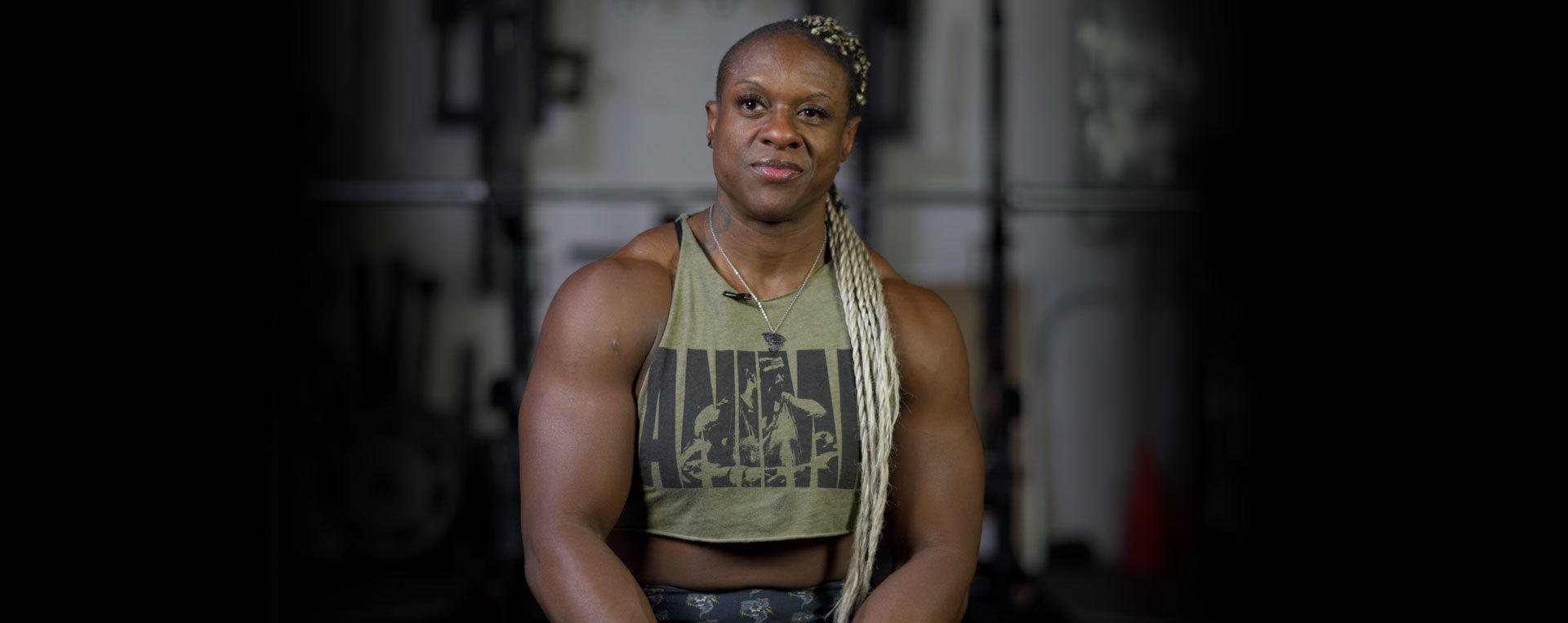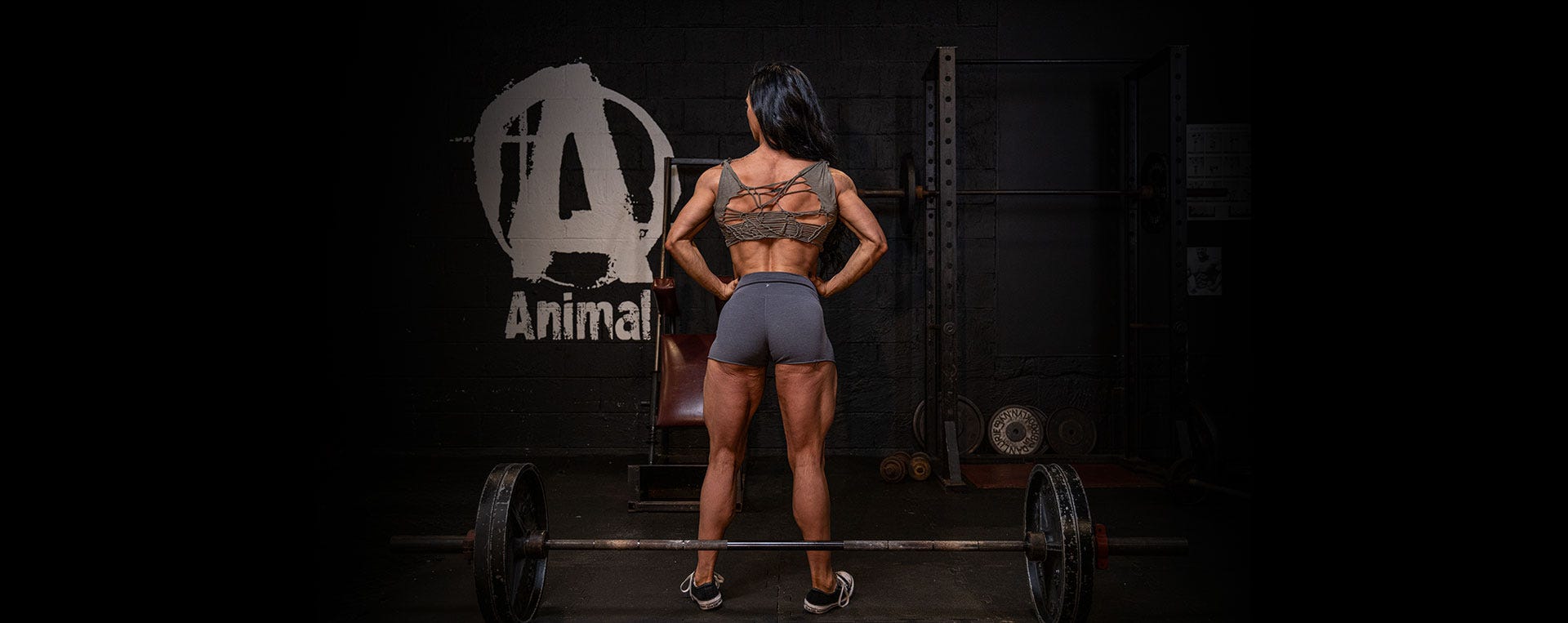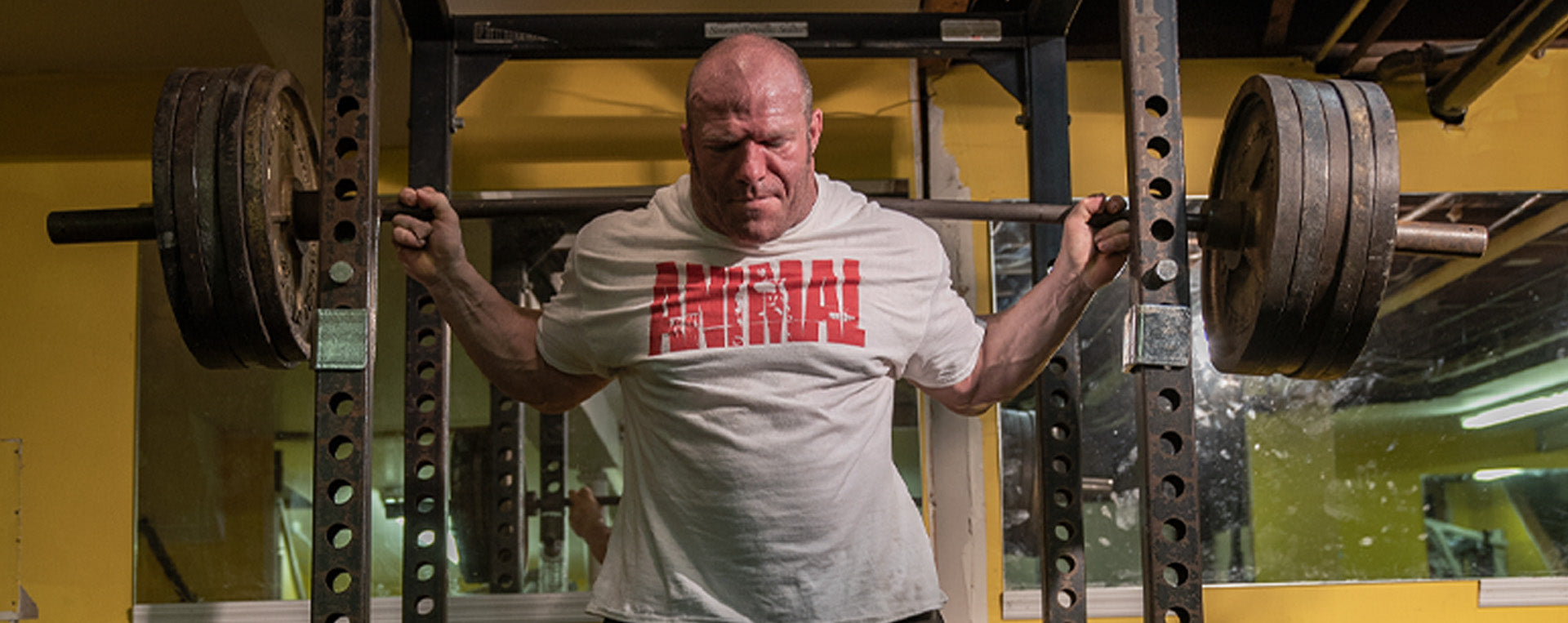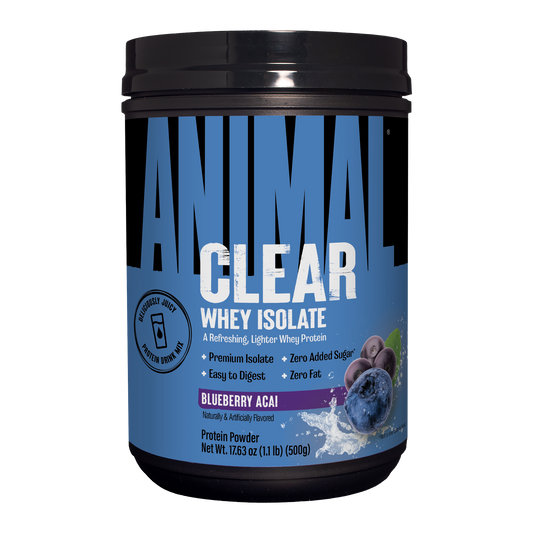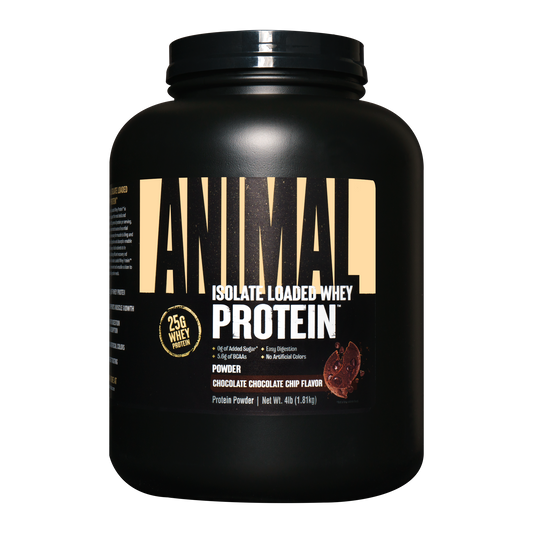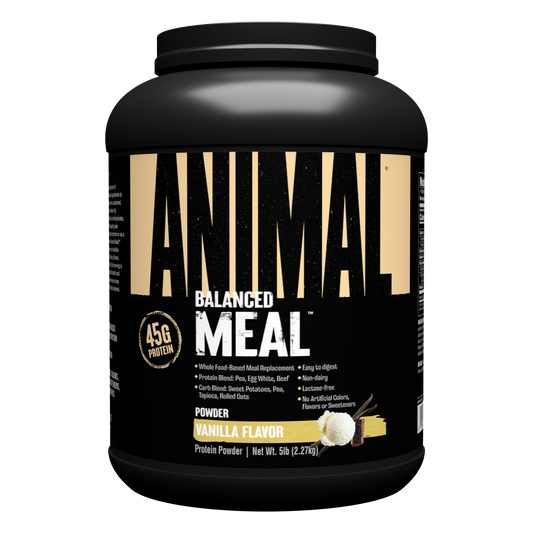The Off-Season Environment
At the tail end of off-season, you have created an environment for optimizing lean mass. It’s very likely food, training volume, strength, supplementation, and lean body mass is at an all-time high. You have stepped into a new level of development. New muscle tissue, however, is the first to drop off in a diet phase. You are not meant to be a muscle-bound freak. When you drop food or add in cardio, the efficient thing for your body to do is lose this new muscle you gained to adapt to the new demands you are imposing. If you jump right into a big calorie deficit, that muscle has had no time to solidify on you. You need to “marinate” in the new gains before trying to cook off some body fat. You also will not reap the full effects of your off-season. The few weeks after a hard training cycle can bring even more growth from the extra recovery. If you are impeding recovery through calorie deficit, cardio, and/or fewer supplements, you will limit that last bit of growth. To really solidify new muscle, I like to see this transition phase carried out for at least 12 weeks.
Changing the Diet
The main goal in the transition phase is maintenance. We aim to maintain new muscle tissue and hold body fat the same. It is very likely you might lose some water weight so total body weight may decrease, but watch pictures closely for changes in conditioning.
If you have been consistently increasing in body weight, I would start with a 10% reduction in total calories. This might still leave you in a slight calorie surplus, but for the first two weeks into the transition phase this is fine as growth can still occur. After the first two weeks, you may need another 5-10% reduction based on response. If you feel body weight is stable and conditioning is holding well, no need to make a change. I would primarily focus on dropping calories from fat to not impede weighting training performance, however some decrease in carbohydrates won’t be an issue.
I would also increase protein intake. It is well known that you need more protein during a calorie deficit, so you can prepare for the dieting phase by raising protein. Raise protein by 0.2g/lb of body weight, assuming you weren’t abusing protein during bulking.
Changing Training
As you move into the maintenance phase for training, you can reduce volume by quite a bit to enhance recovery and get you fresh for a good contest prep. You can reduce training volume by a lot and not drop muscle or strength. It is most important that you maintain the loads you are lifting.
I would keep this really simple and add in one extra rest day per week on top of whatever you had been doing regarding rest days. I typically train 3 days on 1 day off during off-season blast phases and then drop down to 2 days on 1 day off during transition/cruise phases. This is an easy way to reduce overall training volume for the week by reducing training frequency. It would also be a good time to reduce the number of set extenders or intensity techniques you use in training. So if you do a lot of drop sets, time to cut back. If you like rest pause sets, reduce those back to straight sets.
You should continue cardio throughout the off-season, so I would just hold that constant during this phase. If you have been doing zero cardio, add it in gradually at low amounts.
Off-season is nearing the end for many—don’t jump the gun and start a hard diet phase right away. Just bask in the new gains and really make sure the new tissue you laid down is there to stay.








